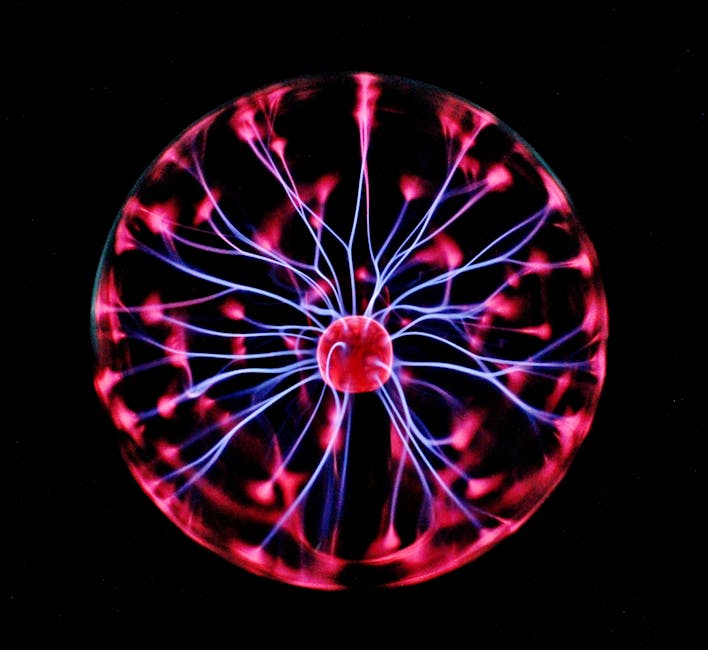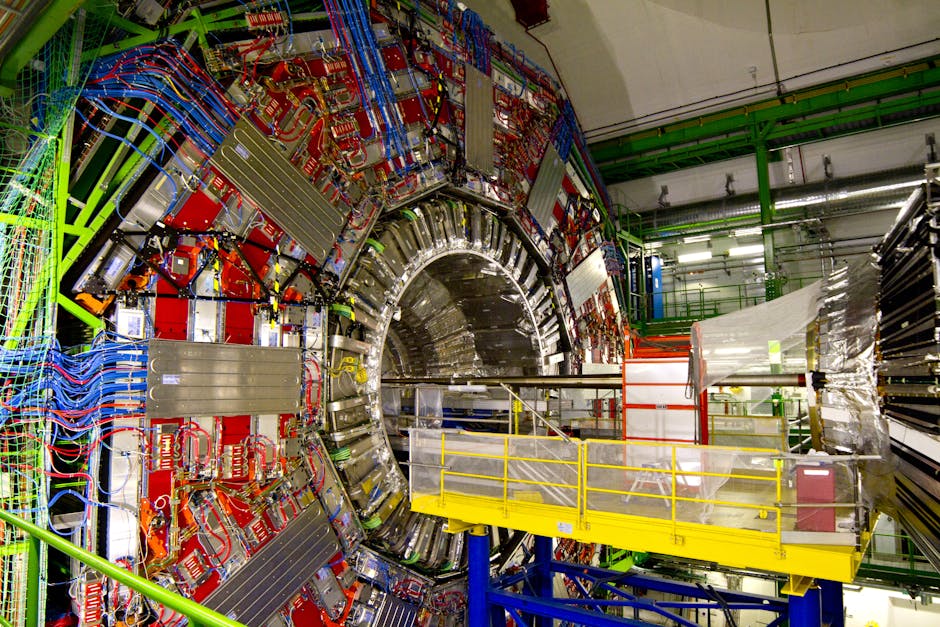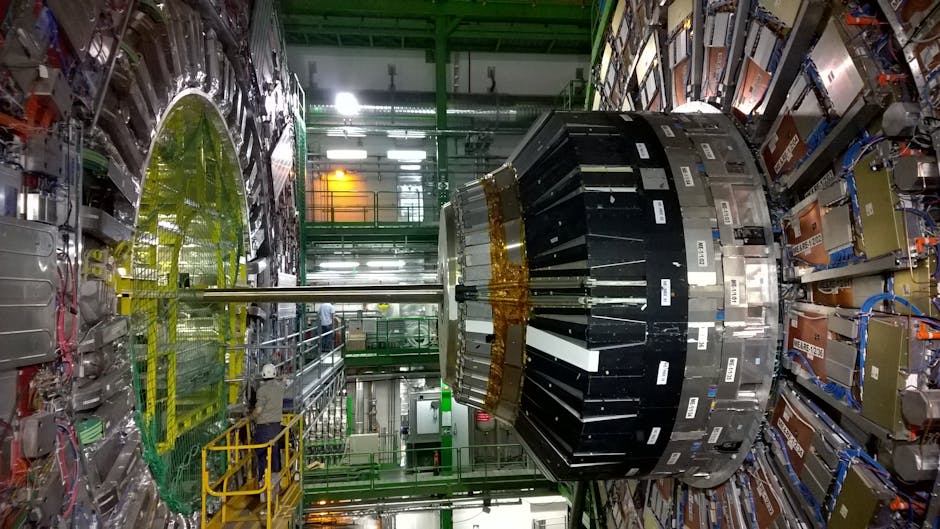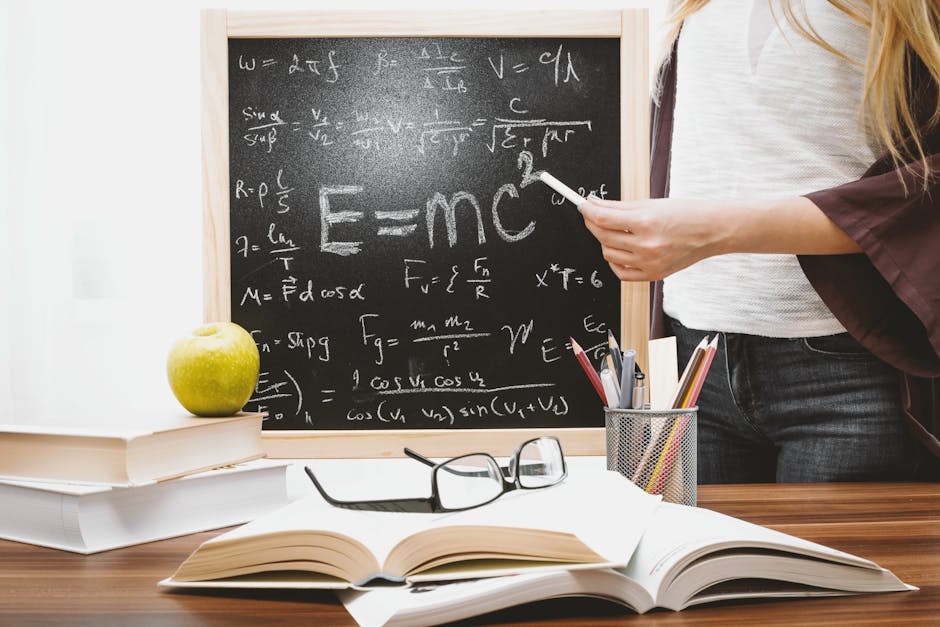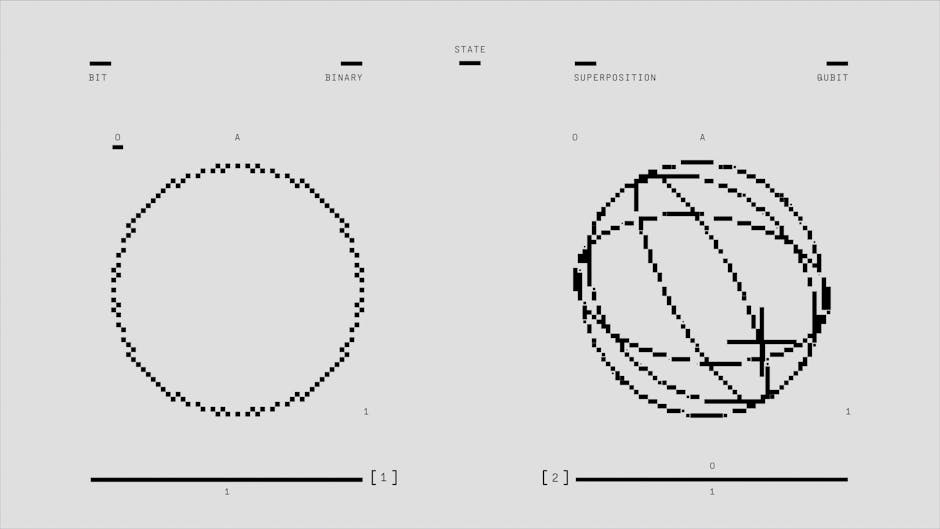Understanding Series and Parallel Circuits
The Fundamental Concepts: Current, Voltage, and Resistance To comprehend series and parallel circuits, one must first grasp the behavior of their fundamental components: current, voltage, and resistance, as defined by Ohm’s Law (V = I * R). Voltage (V, in volts) is the electrical potential difference, the “pressure” that pushes electrical charges. Current (I, in …


